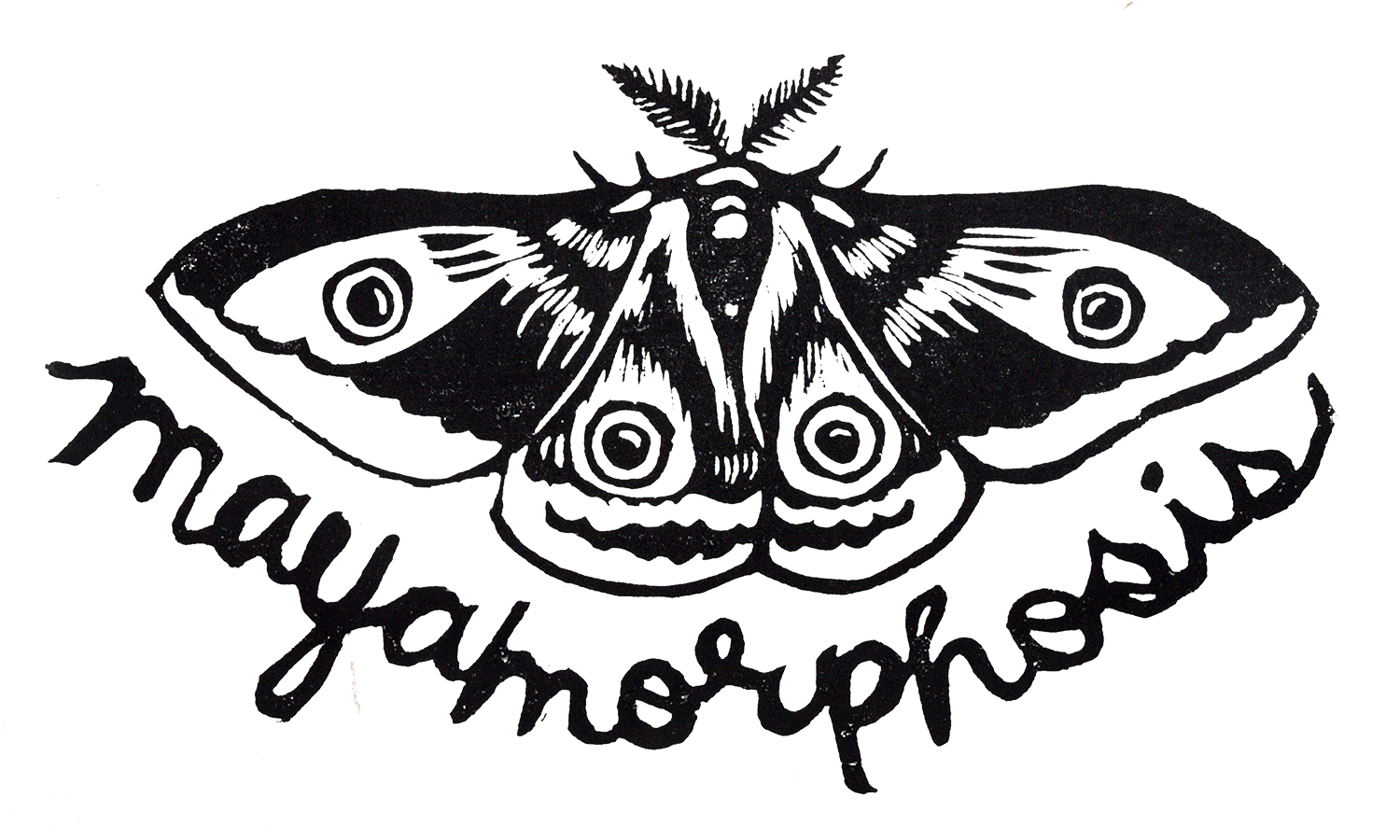It's right under your nose
The surprisingly simple, scientifically proven practice that will increase your wellbeing
I recently had the excellent fortune to visit a good friend in France. We spent time in Paris and her hometown of Orléans. Walking on the bridge over the river Loire that connects le quartier to la ville in Orléans, she remarked to me that though she likely wouldn’t come back to live in her hometown anytime soon, she loves La Loire and fondly remembers walking over this bridge twice a day on her way to and from school, and noticing in particular how the light on the river is always changing - in fact it’s never the same twice.
La Loire, Orléans, France
The best part of this is that, though it’s evidently delightful, you don’t have to live in a charming provincial town (though it doesn’t hurt!) to experience this wonder on a daily basis.
Neurologist Richard Davidson — founder of the Center for Healthy Minds and all-around wise and inspiring human — speaks about well-being as a skill that can be cultivated like any other, such as playing the piano or learning Greek.
Davidson’s research shows that among others, the practice of savouring positive experiences has a direct effect on our brains, wiring them to seek out similar experiences and notice them more while they are happening.
This is great news. Not only is the magic right there in front of you, but you have the capacity, in each moment, to pay attention to it. And then later to reflect on what it was about that particular magic that resonated with you.
Maybe you liked the way the leaves of a tree danced with the wind in the late afternoon sunlight. Maybe you saw a family on the metro with 2 young children who were chirping funny little exclamations at each other and caught the parent’s eye for a moment and you both laughed. Maybe you came into a pizzeria on a chilly night and felt your body slowly warming up to the smell of fresh bread and basil.
Davidson’s research shows that the more we notice these moments, and the feelings we associate with them, the more we are priming our brain to scan our surroundings for more of them.
So as it turns out, looking around at beautiful things is not simply pleasant in a fleeting sense, it actually makes us scientifically happier and brings us increased well-being in our day to day lives.
The other good news is that even if you’re extremely busy, there’s always space for this kind of practice. While other forms of mindfulness practice may require you to set aside time that you may not always have, this kind of awareness can easily be enfolded into everyday life.
As psychotherapist and Buddhist teacher Sylvia Boorstein puts it: “You fold the towels in a sweet way. It doesn’t take extra time.”*
La Loire, Orléans, France
Now I’d love to hear from you! What are your favourite magic moments from your everyday life? Leave a comment below and let me know.
And as always, from the bottom of my heart, thank you for being here.
*Quote from Sylvia Boorstein taken from an interview in the On Being with Krista Tippett podcast that originally aired on May 5, 2011 — which I highly recommend you check out.



